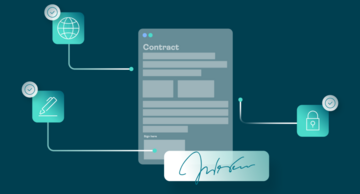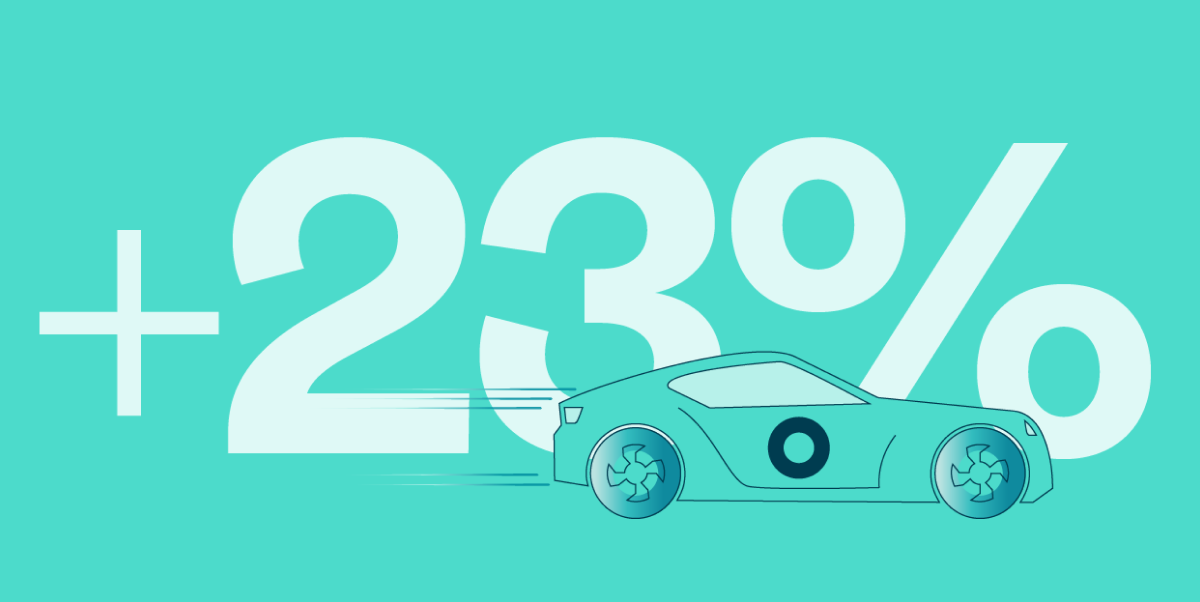7 essential tips for picking the right eSignature software

Many business owners and leaders are prioritizing eSignature software and eSignature solution providers as a first step in their digital journey, while enterprises and small businesses adjust their business plans to accelerate digital transformation initiatives. Faced with the pressure to move away from paper-based processes, organizations are turning to eSignature vendors who offer a small yet critical component that helps achieve end-to-end digitization, enhance customer experience, and maximize workflow efficiency.
For over two decades, eSignature solutions have grown in popularity, with many vendors popping up in the marketplace, including OneSpan Sign (formerly eSignLive), DocuSign, Adobe Sign, SignNow, HelloSign, SignEasy, DropBox, BoxSign, RightSignature, eSign Genie, eversign, and PandaDoc. With so many options, how do you stack up all the vendors to determine which solution is best for you? If you’re also considering eSignatures in your digital transformation initiatives, it’s important to select the best eSignature solution that will meet your organization’s needs – today and tomorrow.
Electronic signature vs digital signature software
Before exploring key criteria, let’s clarify some terms. Though electronic and digital signatures are sometimes mistakenly used as synonyms, they are distinct concepts as shown in this electronic signatures vs digital signatures infographic.
An electronic signature is a digitized version of the handwritten signature used for centuries and millennia. It represents the consent of the signer to be bound by the terms of the signed contract. As a digital process, electronic signatures provide numerous advantages over handwritten alternatives, including better document and contract management, the ability to streamline business processes, and a superior user-friendly signing experience.
Digital signature, however, is a less intuitive term. It refers to the encryption/decryption technology used by electronic signature software. The digital signature is used to prevent individuals from tampering with a digital document after signatures have been applied. Generally, the leading eSignature providers leverage digital signature solutions and functionality as part of their larger eSignature solutions.
7 things to consider when selecting the best eSignature software:
1. Flexibility
Does the eSignature solution provide enough flexibility to support your organization’s growing needs? Organizations will often deploy an eSignature tool to one department but eventually expand their use across the organization. Consider the following when evaluating eSignature flexibility:
- Multiple ways to consume: Does the solution offer the option to automate the signing process by integrating eSignatures into your applications? Does it allow you to use eSignatures in a non-integrated or user-initiated way? Can you use a standalone mobile app on iOS or Android devices or a SaaS application? Are features limited in the eSignature app? Can you still sign unlimited documents?
- Multiple authentication methods and security options: Does the solution support multiple authentication methods to validate your signer’s identity, including SMS OTP and identity verification? Does it support combining multiple authentication methods for two-factor authentication or multifactor authentication? Does it offer an audit trail for signed agreements capturing key signing events like authenticating signers, time spent on a document, who signed, and where? Are signed agreements tamper-sealed after each person has signed, guaranteeing document integrity?
- Multiple devices: Does the solution provide an optimal experience across different devices such as laptops, desktop computers, tablets, mobile devices, and smartphones?
- Global support: Does the solution support your eSignature needs on a global scale? Does it support functionality to sign documents in multiple languages? If cloud storage is preferred, does the vendor have worldwide cloud locations for data residency?
- Multiple channels: Does the solution enable you to optimize user experience via multiple channels such as the web, in-branch/in-store, call center, or out in the field?
- Multiple pricing plans: Does the solution offer a cost-effective e-signature pricing model that aligns with your business needs? Are there paid plans and free plans? How limited is the functionality of the signature platform between the available plans? Does the provider have a reputation for inflating the price at the time of renewal? How is pricing determined for a single user compared to multiple team members?
2. Custom branding
Does the eSignature solution enable your organization to maintain its brand throughout the eSignature process? Customization is key to reducing abandonment rates. A fully customized eSign process, also known as white labeling, helps build customer trust in the digital transaction and leads to high adoption rates.
3. Ease of use
One of the key benefits of eSignatures is signing documents in real-time, but a software solution with a poor user interface or user experience can undercut this advantage. Is the eSignature solution simple to use for all users? Is it accessible and easy to use for everyone that sends signature requests and signs business documents? Is it easy for IT professionals to develop and administer? If a user wants to use an image of their handwritten signature, is uploading a hand drawn signature a challenge? Leading eSignature solutions will also include a drag-and-drop document builder feature allowing your team to assemble documents for signature quickly.
4. Compliance
OneSpan Sign is designed to align with major regulations and requirements around the world. Does the eSignature solution comply with all signature types outlined in major e-sign legislation, such as eIDAS, the Uniform Electronic Transactions Act (UETA) or the Electronic Signatures in Global and National Commerce Act (ESIGN Act)? In addition, be sure that your eSignature solution complies with industry-specific standards related to your use case. For example, how will your eSignature solution align with HIPAA requirements in a healthcare context?
5. Integration with other software platforms
Does the eSignature solution offer APIs and fully supported SDKs, enabling the development staff to deploy integrated solutions rapidly? Do they offer pre-built connectors for popular business applications like Salesforce, sample code, and support for the development team? Do they charge additional costs for development environments?
6. Automation and process efficiency
Does the eSignature solution integrate with enterprise systems to enable straight-through processing? Are you able to enforce business rules throughout the signing workflow? Is the solution robust enough to allow for optional processing steps such as flexible data capture, document insertion, and multiple signature options? Can the solution support complex automated document workflows? Does it have a bulk send feature? Furthermore, the solution should make use of reusable templates that will help your team streamline document creation.
7. Identity assurance
Does the eSignature solution offer digital identity verification and authentication options to validate known and unknown customers? Does the solution allow you to leverage a mix of existing and new technologies that mitigate risk of fraud and repudiation?
Closing thoughts on eSignature solution providers
In addition to the criteria above, it’s also important to select a vendor that has experience in your industry and deep knowledge of your industry’s unique needs. Do your due diligence by researching the vendor’s reputation and success among its existing clients – you want to partner with a vendor who is truly invested in the success of your eSignature project.
Whether digitizing your onboarding process, improving your document tracking, or elevating your user experience with a paperless process, there is an eSignature use case for your organization.










